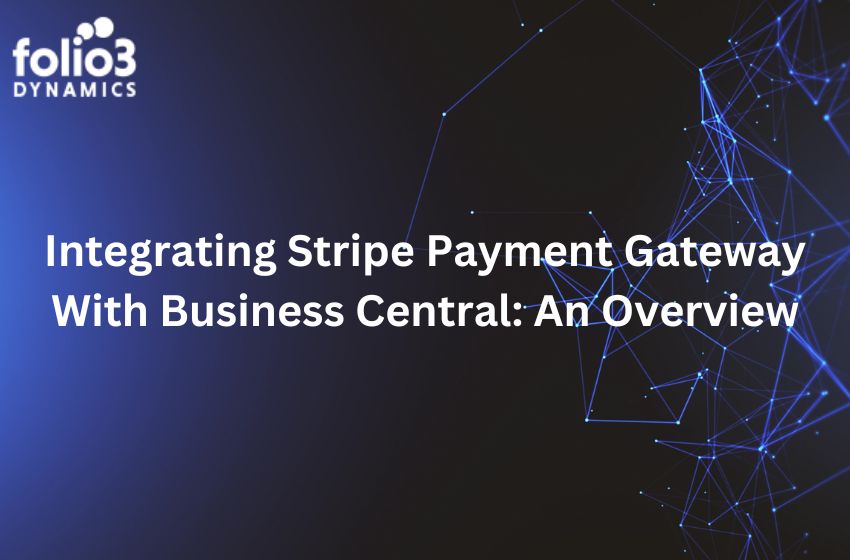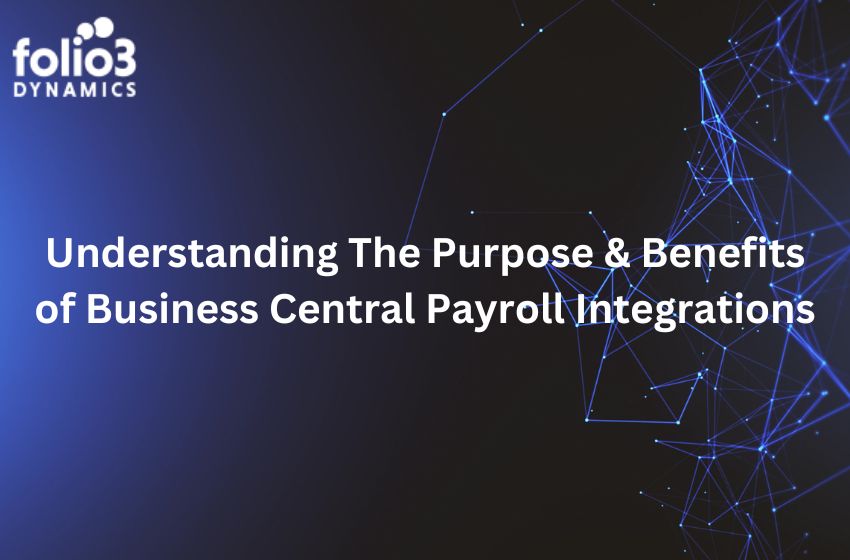Budgeting is the backbone of any business. A suited budgeting system can help you attain your business goals more progressively. On the other hand, an unchecked budget can collapse your business sooner than you can imagine.
In the latest century, automated budgeting is making budget processing easier. Budgeting tools make developing and adhering to a budget convenient, and there are numerous programs to choose from. The majority allows you to link your bank account, and some even include features like credit history surveillance and financial monitoring.
There is various software in the market, giving tough competition and making it hard for the customer to choose. In the article, I will guide you on what to look for when automating your budget.
Insight into Budget Automation:
Automated budget is the concept of using advanced technologies, such as artificial intelligence (AI), to perform tasks and processes that were previously done manually. An automated budget eliminates the requirement for staff to work on a task for prolonged periods. Rather, you rely on technological advancements such as Optical character recognition and machine learning to streamline tasks for you.
Benefits of Automated Budget:
Efficient: Many of the tasks you’ve previously enjoyed performing, such as expense reports, will become more productive or removed altogether as a byproduct. Consider how lengthy it is to onboard new staff and provide them with organizational ids. You’re generally recruiting job candidates each one at a time, which is a hectic process that, while essential, would be best addressed by automation.
This process can be completed in mass because of an automated budget, and you can simply catch cost regulations throughout the board, conserving your valuable time.
Real-Time Analysis: Proactive budgeting is challenging, if not impossible, with limited spending visibility. Real-time spend information directly records all payment information, giving accounting teams both discrete insight and a comprehensive view of company investment operations in all instances. Every cost is delegated to a customer and their department, boosting corporation transparency and accountability whereas reducing scam and shadow expenditure.
Lower Maintenance: Automated budget tools are built with usability in view. There’s no need to sift through dozens of perplexing dashboards with vague features. To complete business-critical tasks like paying your bills, it can be as simple as pressing the button, dragging, and dropping. However, ease of use is pointless if the adoption process is complicated and unintuitive. And, provided the functional complexity of the automated budget, it’s easy to assume that the implementation process will be just as difficult. Automated budget tools make this process straightforward, with some even generating automated swapping reports to assist with the transition. But is this costly? Absolutely not. Automated budget platforms are completely free.
Reliability: Given the volume of information that accounting must process, the human factor is an absolutely tragic but very real actuality. According to an Oculus report, this defect can be as high as 4%. And, with no indication of a slowdown in sight but little information to take on the task, an automated budget can undoubtedly fill a significant void. Over time, technology has only gotten better, more accurate, and faster (remember dial-up?). Automated budget software has followed suit. Today’s AI provides data and metrics that are accurate and reliable while also being delivered quickly.
What to Look for When Selecting an Automated Budget tool?
Here are some checkpoints that can help you ease your choice.
It should be flexible: In budget software, classifications help define income and expenses. They will form the basis for your budget. You should be able to change the subgroups in the software you’re considering by updating the title, removing irrelevant categories, and incorporating your own. Avoid budget software that forces you to use a defined set of revenue and expense categories and does not allow you to change them.
You’ll assign subgroups to transactions you make all across the billing cycle in the software. These category assignments must be considered credible. The budget report will be more useful if it is accurate. If you want more detailed reports, you should be able to divide transactions into subcategories.
It should be adaptable: Everyone has some sort of variable expenditure. Summer electricity bills are typically higher. Similarly, The exact monthly earnings of an individual may vary depending on the company’s peak period. If you have varying revenue, you’ll wish for budget software that doesn’t require you to enter the same payment bill for income every time.
Easy to Read Insights: The budget software you select should include some basic reports that show you how well you’re sticking to your spending plan on regular basis. If you intend to keep a close eye on your spending, make sure the software provides weekly reports or a real-time dashboard with at-a-glance reports on key budget categories. Basic reports display the budgeted amount, actual spending, and the difference. The time frame for this report should be adjustable. It’s critical to find software that provides a simple financial statement, but you may also require more regular data on occasion, and a useful budget tool should provide that option. If you wish to print financial reports, look for that feature as well, as some software only allows for on-screen views.
Conclusions:
A shift to an automated budget was probably necessary in many ways. Till now, business owners had become dependent on mostly processes that demanded too much time, operational costs, and hard work. Employees were forced to submit monotonous financial documents at the end of the calendar month, and duplicate spending was all too common. Closing the cards, recruiting new employees, and even deciding whether or not you are overspending became multi-day undertakings. This was unsustainable. Automated budget, on the other hand, allows companies to save time, funds, and future fatigue by using intelligent AI that functions as the most effective tool in your financial services.








